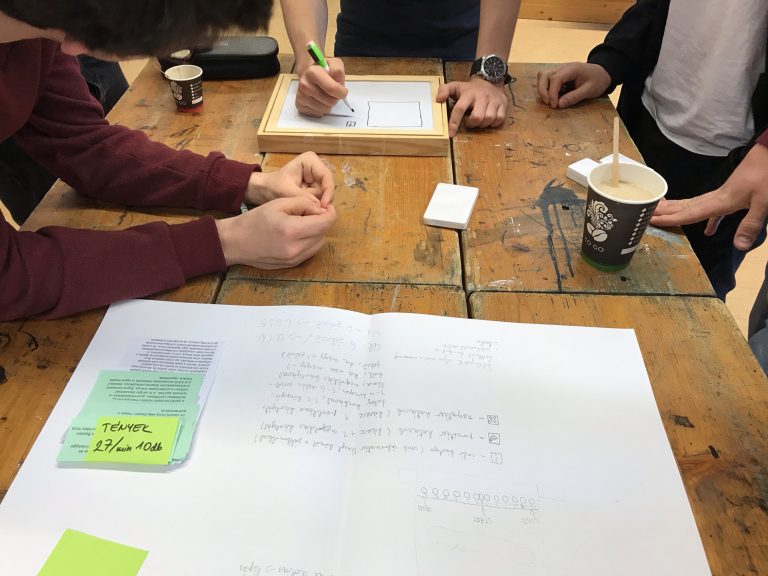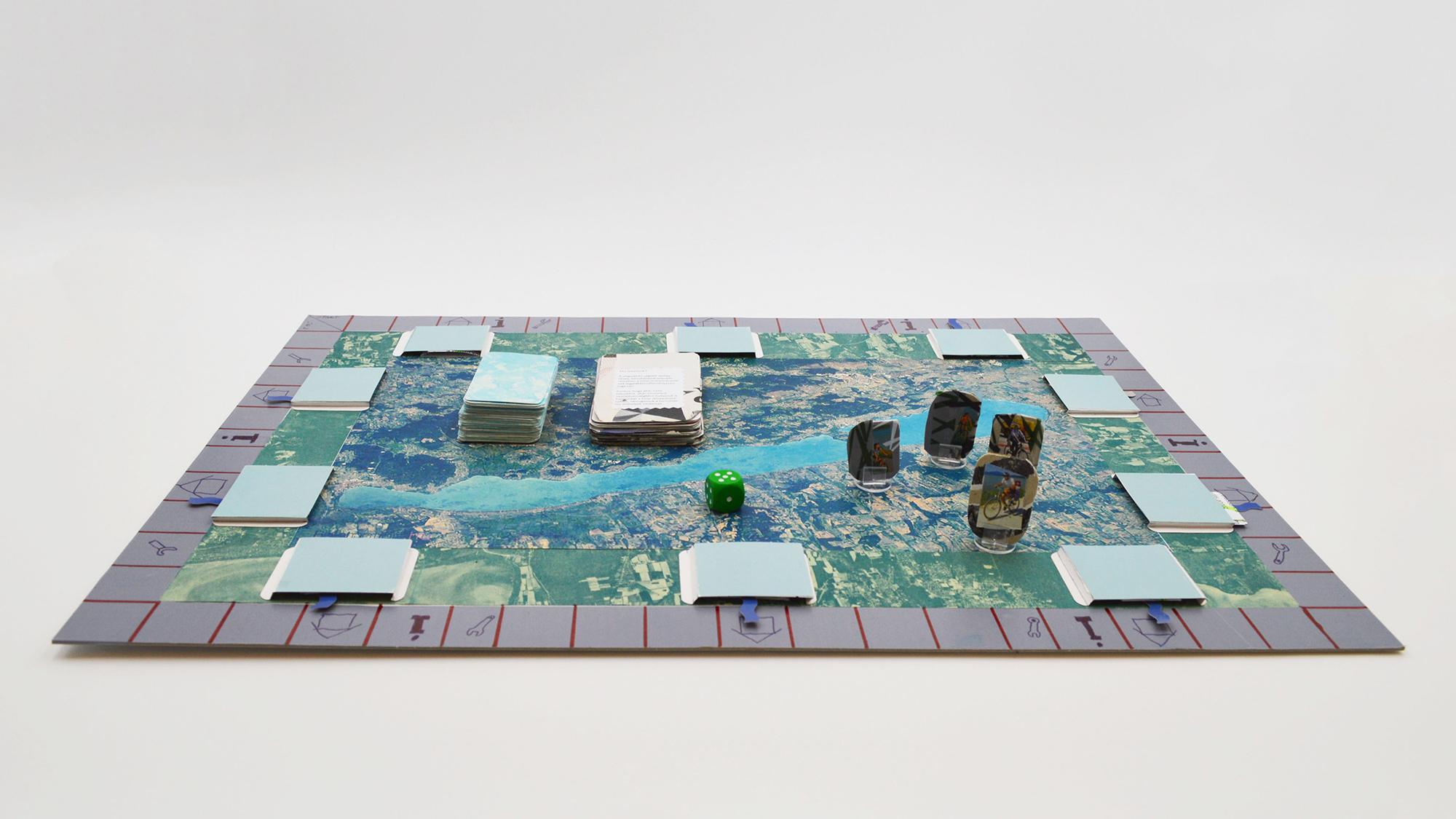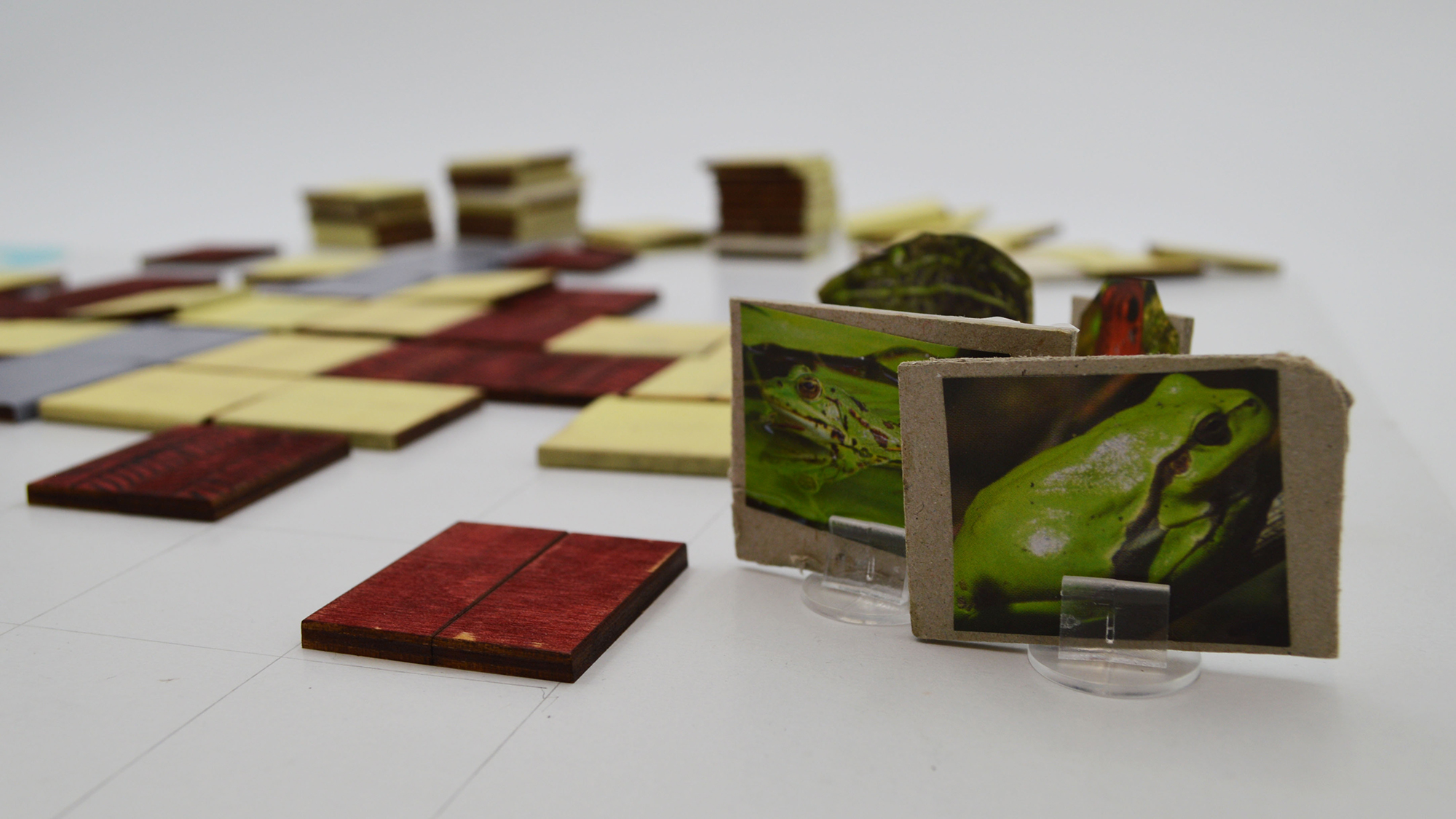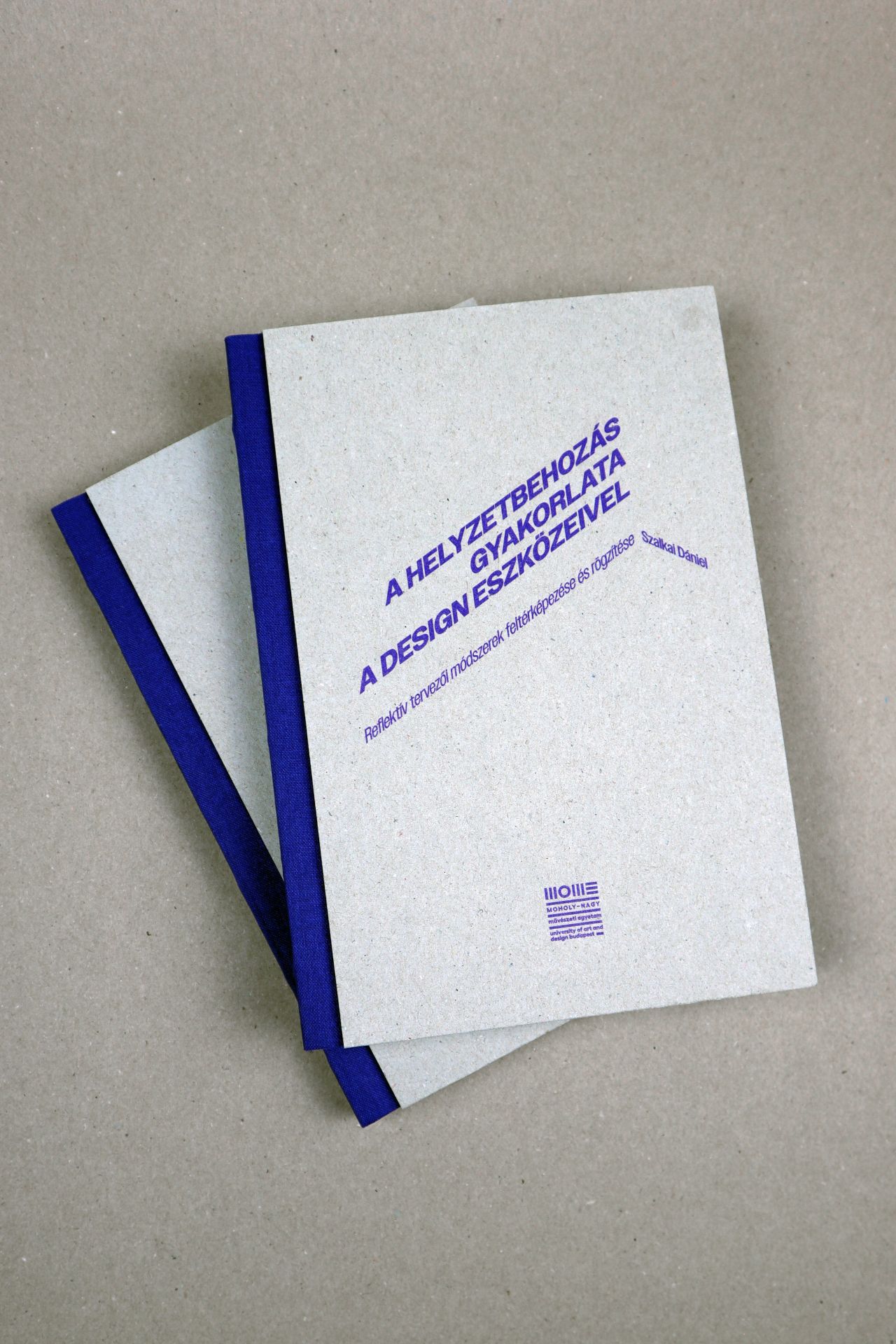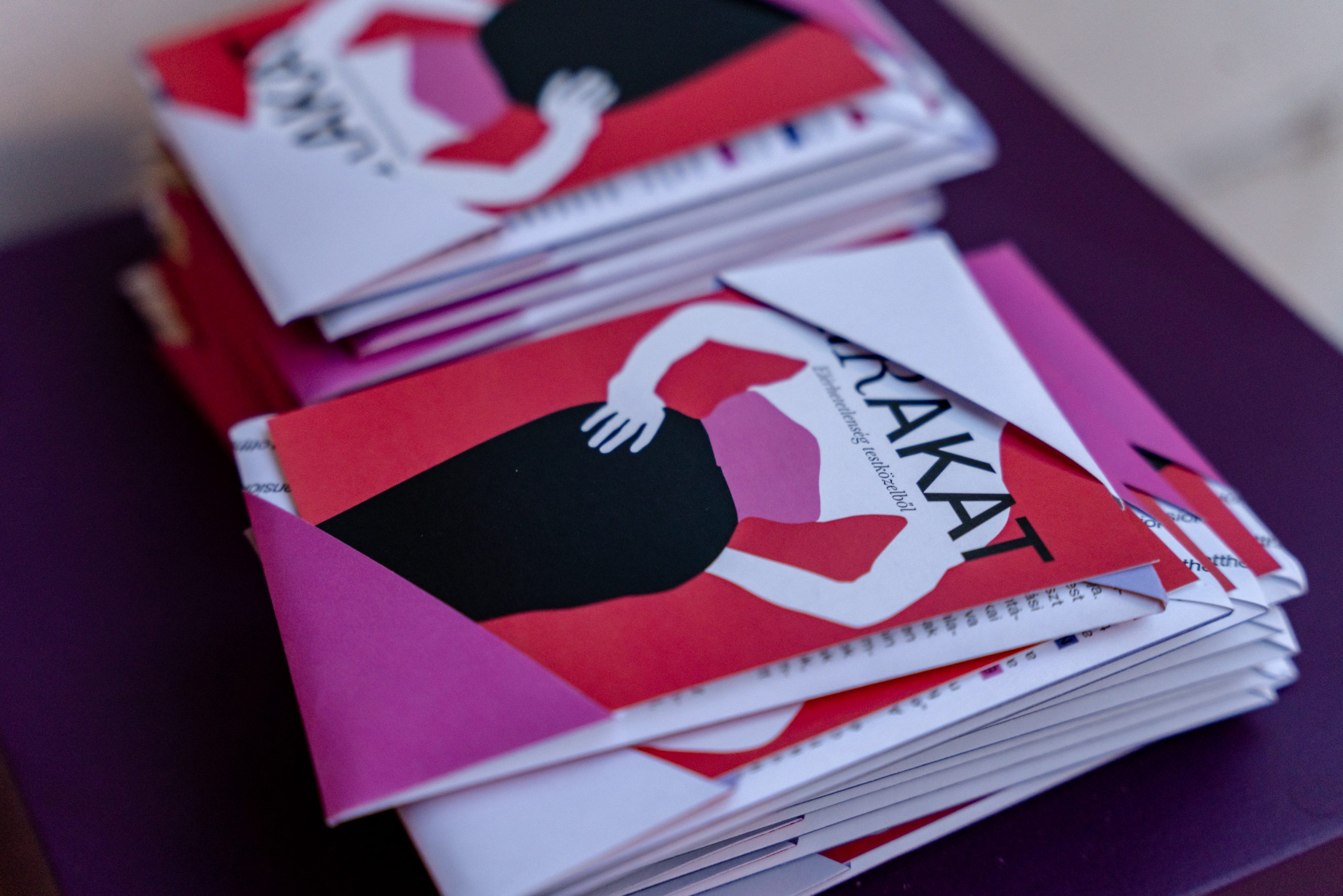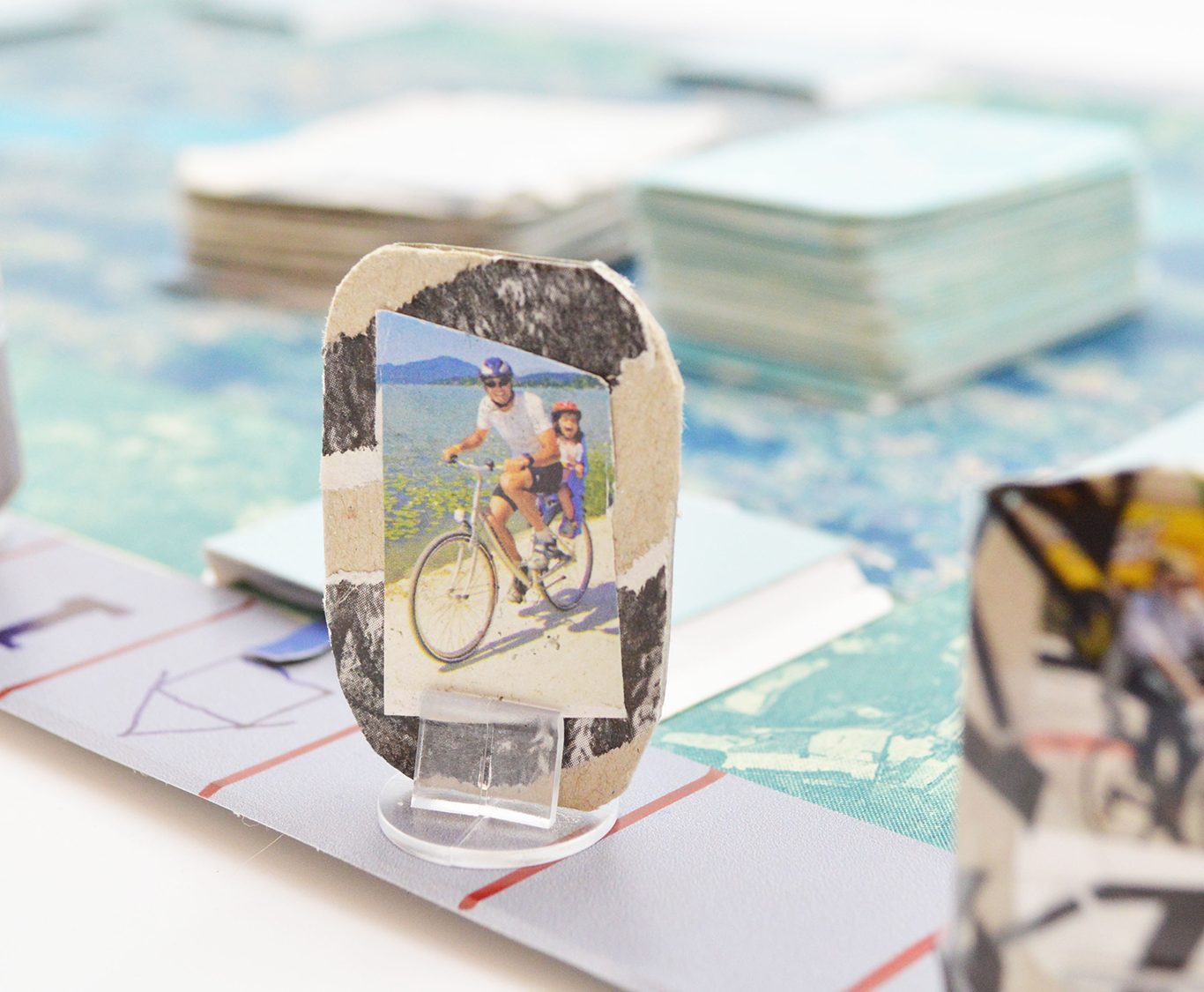
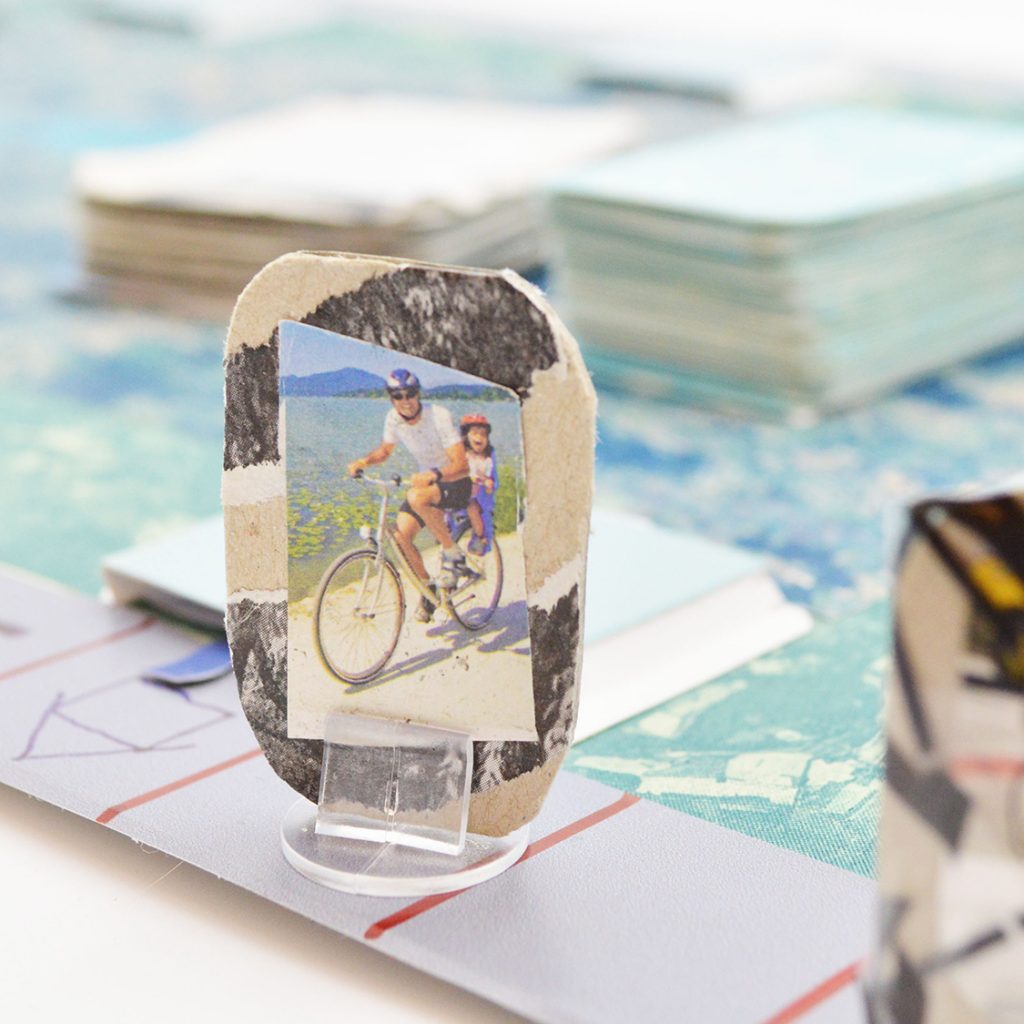
Problem-based thinking in the classroom – Interview with Dorottya Sinkó-Kalocsai
Exploring the ecological issues of the region, Balatorium is one of the focus programmes of the Veszprém-Balaton 2023 European Capital of Culture. It is seeking to define the role of science, creativity and communities in smart and sustainable landscape use in the context of cultural landscapes. Dorottya Sinkó-Kalocsai’s thesis project plan was linked to this, and comprised a thematic lesson plan with five lessons involving activities with 11th year students of the Fazekas Mihály Training Primary and Secondary School Budapest. Her design pedagogical experiment was aimed at helping students gain an understanding of one of the top ecological issues of the Balaton – changes in land cover and the building up of the lakeside – together. The extraordinary project was awarded the Rector’s Special Prize of the Moholy-Nagy University of Art and Design, which provided the occasion for the interview.

We have published several accounts of various projects related to the Balatorium, which is also what your masterwork deals with. Why did you think it might be the right platform for your lesson plan?
I wanted a ‘living’ project at all events, with a past and a future. I thought it was the ideal subject for a comprehensive course of five lessons or more. When I found out that it would possible to take students to Veszprém for a professional programme to try their hand, I felt even more motivated. My consultant was Dóra Szentandrási and she, as well as Zsuzska Molnár from the high school, gave me lots of help.
In a sense, any reform pedagogical method or approach is also an experiment. In this case, we are talking about the design pedagogical methodology of problem-based thinking. What does it mean in practice?
Though my work was experimental, it had its limits and rules. First I was concerned with where to incorporate activities focused around ecological problems into the current school system, and what methodologies could be used to explore an issue with more than one solutions.
“Problem-based learning helps develop self-directed study, problem-solving skills, efficient communication and the ability to cooperate. This is important because these are the capabilities that enable learnings to be transferred later.”
In addition to problem-based learning, I employed the steps of design thinking in both the planning phase – for the lesson design and the student design work – and for the elaboration of the subject, and used the pedagogical innovations of the HEAD and STEAM methodologies. The subject elaboration also made use of the possibilities of games, boardgames and gamification. Overall, I tried to structure my own design work and also the students’ design assignments around design thinking to be able to incorporate as many known and valuable methods as possible to support successful implementation.
So the problem is the building up of the Balaton, changes in land cover and their impacts on the environment. To what extent did all this appear remote and hard-to-grasp to students? What was their reaction?
This was also a big question mark for me before the launch. In our first lesson, I told the students what they got into, what is the aim of the project and how it is structured. They are a very likeable, intelligent and open-minded lot. At our first meeting we were sitting in a circle and to break the ice I asked them to each tell a personal memory related to the Balaton. There were stories about everything from napping underneath the willows through sailing to playing cards on the terrace, and everyone seemed to feel a fundamental bond to the region and the lake itself. In the second step, to get a feel for the team’s affinity for ecological issues, we did a quiz about the general history of the Balaton and ecological problems affecting the Balaton, with a focus on changes in land cover, the building up of the lakeside, and the relationship between habitat islands. They produced some great solutions, they were completely up to speed with the subject, and raised questions that we discussed together later. It soon became evident that the student feel ownership for the issue, which was a promising indicator for later lessons, and also that they will be essentially guided by internal motivation during the assignment.
What came out of all that for each group was a sensitivity building board game. Important as the output may be, pedagogically speaking the journey made is no less significant. What was your experience?
I think the journey is crucial, because this is when the elaboration of the subject takes place, the students are brainstorming ideas non-stop for a solution, gripped by the desire to create something and at the same time inject a bit of their personality into the project. This was also apparent in the completely different approach each group took to the question of land cover.
“The students have broadened the scope to include other ecological problems with even more relevance to them. Some approached the concept from a logical perspective, some focused more on storytelling. There were great design concepts and relevant, applicable, exciting prototypes.”
Moving on to the output, the trip to Veszprém was also an important milestone. In addition to the collaboration between Fazekas Mihály High School and the university, we owe a great deal to Attila Szűcs, the principal of the Vetési Albert High School in Veszprém and the head of BaBaKO. Thanks to the invitation to Veszprém, students had the opportunity to act as creative designers in a setting provided by an unfamiliar high school. They presented their own games, shared their own perspectives, and received fantastic feedback from the host class.
Did any of the board games have potential as a prototype for actual development?
Clearly. I don’t want to highlight any of the teams specifically, because for one reason or another I think all their works deserve to be further developed. Overall, each of the concepts developed by the students was excellent and had potential.
What is going to become of your lesson plan? Will you move on to new ideas, or do you plan to use it in as many different settings as you possible?
I would like to keep using it, and I have a few things in mind for its future use, but I don’t want to rush anything.
What possibilities do you see for a more widespread use of this and similar design pedagogical approaches?
The Balatorium/MOME Mag programme is the best example that methodologies developed, piloted and tested at course level can also be transferred to and applied to other pedagogical works. I’m hopeful that the many great methodologies and experience will not be lost but adapted and applied later.
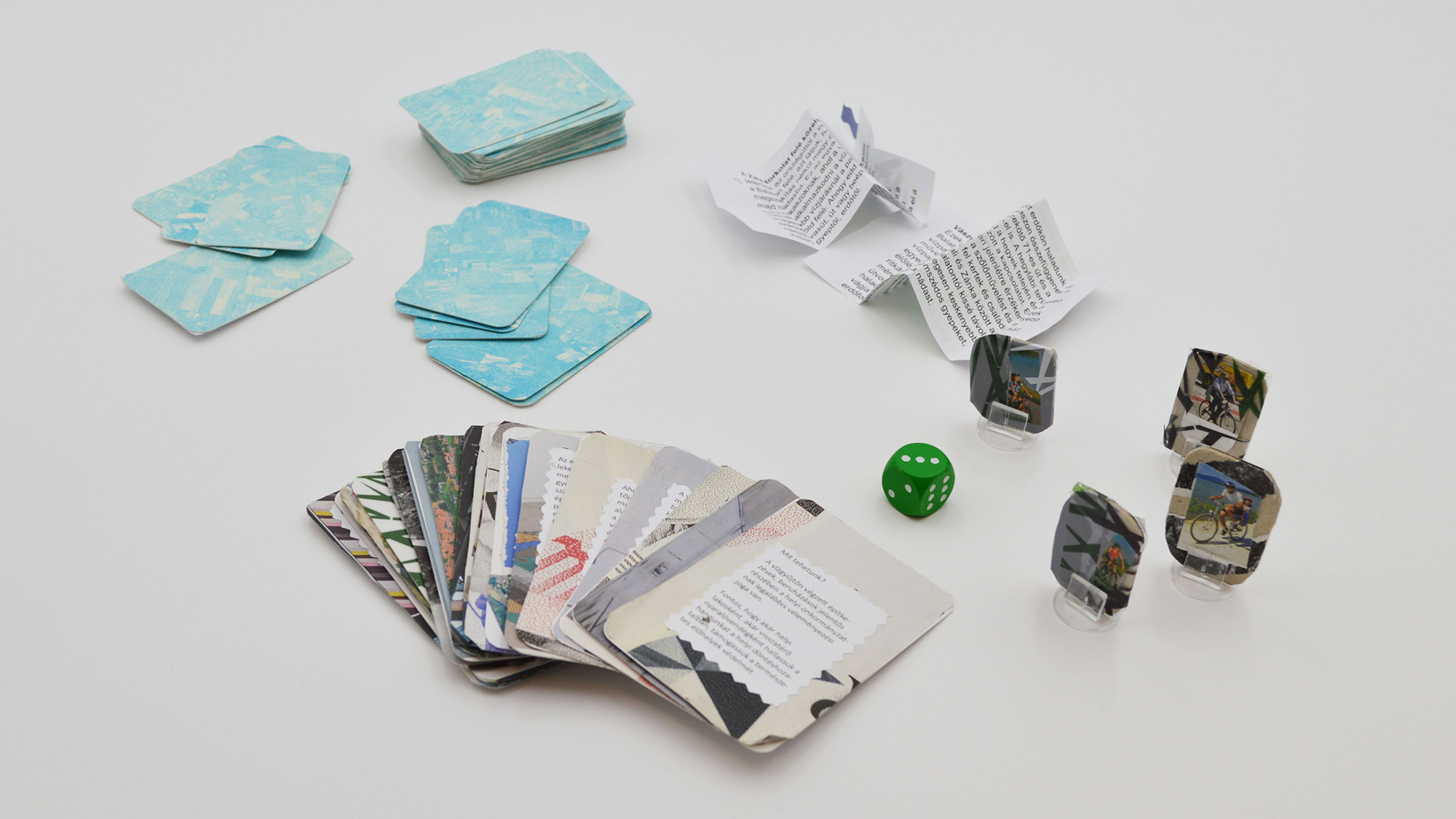
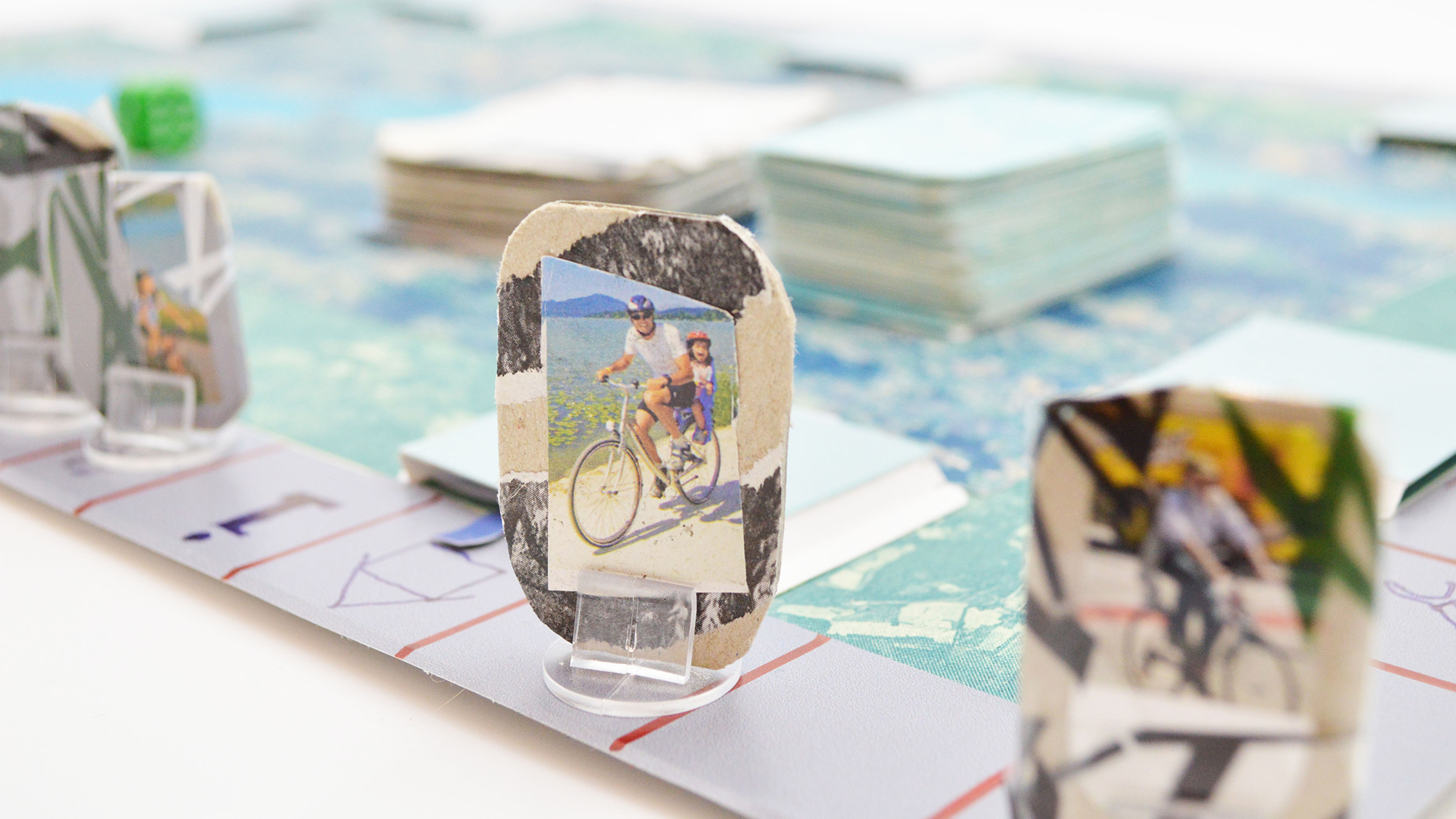
// /
The thesis was completed at the Design and Visual Arts Teacher MA of Moholy-Nagy University of Art and Design. Supervisor: Judit Bényei. Thesis consultant: Dóra Szentandrási.


